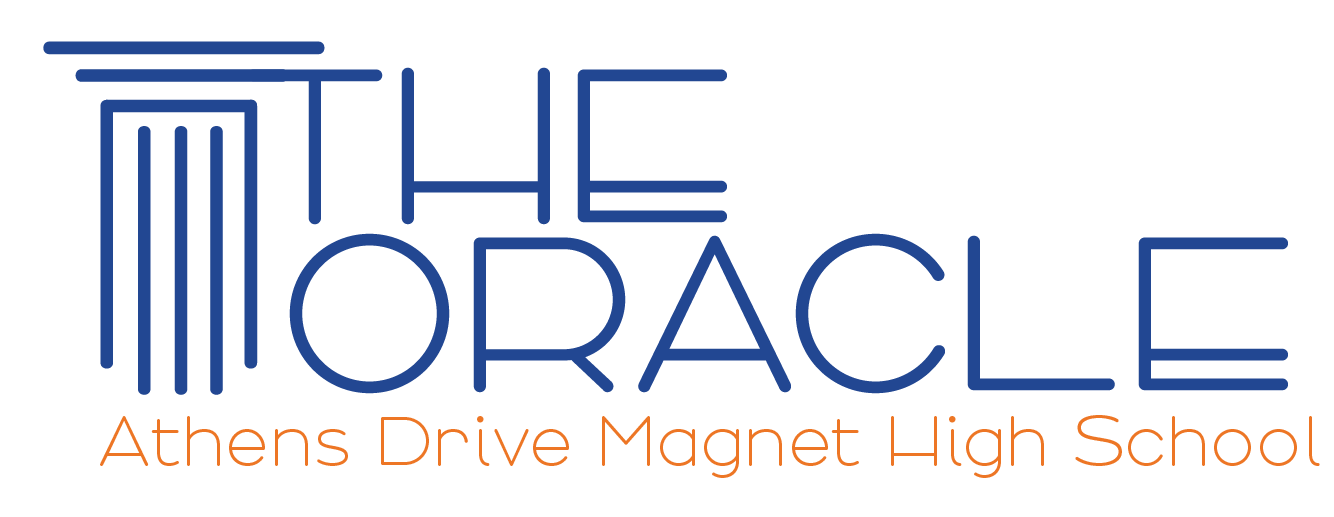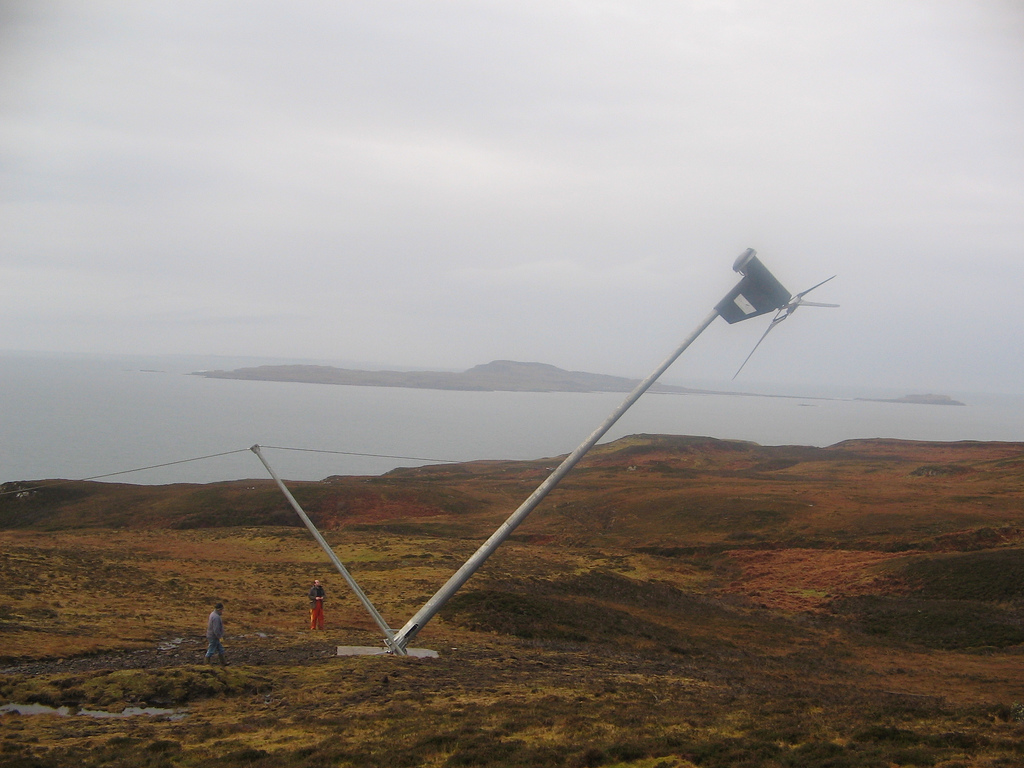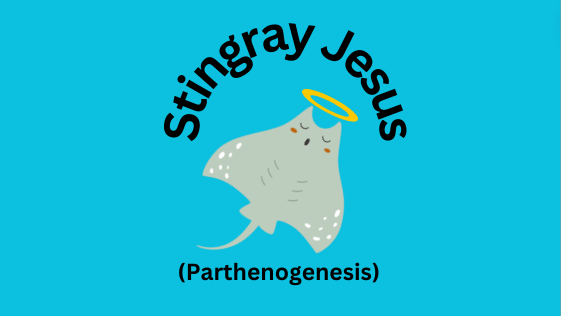Renewable energy provides power for the population of the island of Eigg in Scotland. The island is completely independent in power terms and could be a model for other locations seeking to use renewable power. Electricity is provided by a company named Eigg Electric, which uses a combination of hydroelectric plants, wind turbines and solar panels to provide the electricity needed by the island population. The system was designed by a man named John Booth. According to the BBC, the island’s residents do most of the work on maintaining the electrical systems on Eigg.
“Well personally I think it is a great thing that ordinary people can work on renewable power,” said Ian Morales, freshman.
This system was built in 2008 and is used to this day. The residents of the island did not want to rely on the diesel generators they were using in 2008. In addition, the island has no connection to the main power grid. Using renewable energy sources reduces their carbon footprint as well. At Athens, the STEM program focuses on energy and sustainability. STEM students could study Eigg to help them understand the challenges involved with energy and sustainability.
Eigg is an island of the coast of Scotland, measuring 5.6 by 3.1 miles. It is dominated by An Sgurr, a peak 1,289 feet high. The isle is ten miles west of the Scottish coast and south of another island named Pyke, in Scotland.
“Yes, [the system can be scaled up] with some hesitation as to what can be implemented where, because all of these things are location specific,”said Shane Barry, physics teacher.
There are four small wind turbines on Eigg, each generating 6 kilowatts (kW) of power for a total of 24 kW of wind energy. There are two 6kW hydroelectric plants, and one 100 kW hydroelectric plant, producing 112 kW of electricity from hydroelectric power. In addition, there is a 50 kW array of photovoltaic cells.
“The advantages of this system right away would be emissions. [It] could have cost and environmental advantages. Hydro power is typically cheap after implementation. Once a dam is made [it] is usually cheap to keep up with,” said Barry.
The system on Eigg generates 186 kW of electricity, which serves the island population’s electricity needs. Eigg has a major advantage when it comes to getting enough power for their entire population, there are only about 100 people living on the island.
“You have got to realize it is a very low population and this very low electricity production only works because of that low population,” said Barry.
When there is maintenance done or there is not very much power from renewable sources, a pair of 80 kW diesel generators provide backup power. The renewable power sources provide 95 percent of the electrical power on Eigg. The remaining 5 percent comes from the diesel generators.
“They seem to have addressed this, but risk of power loss if two renewable power sources go down, but the diesel generator addresses that somewhat at least,” said Barry.







